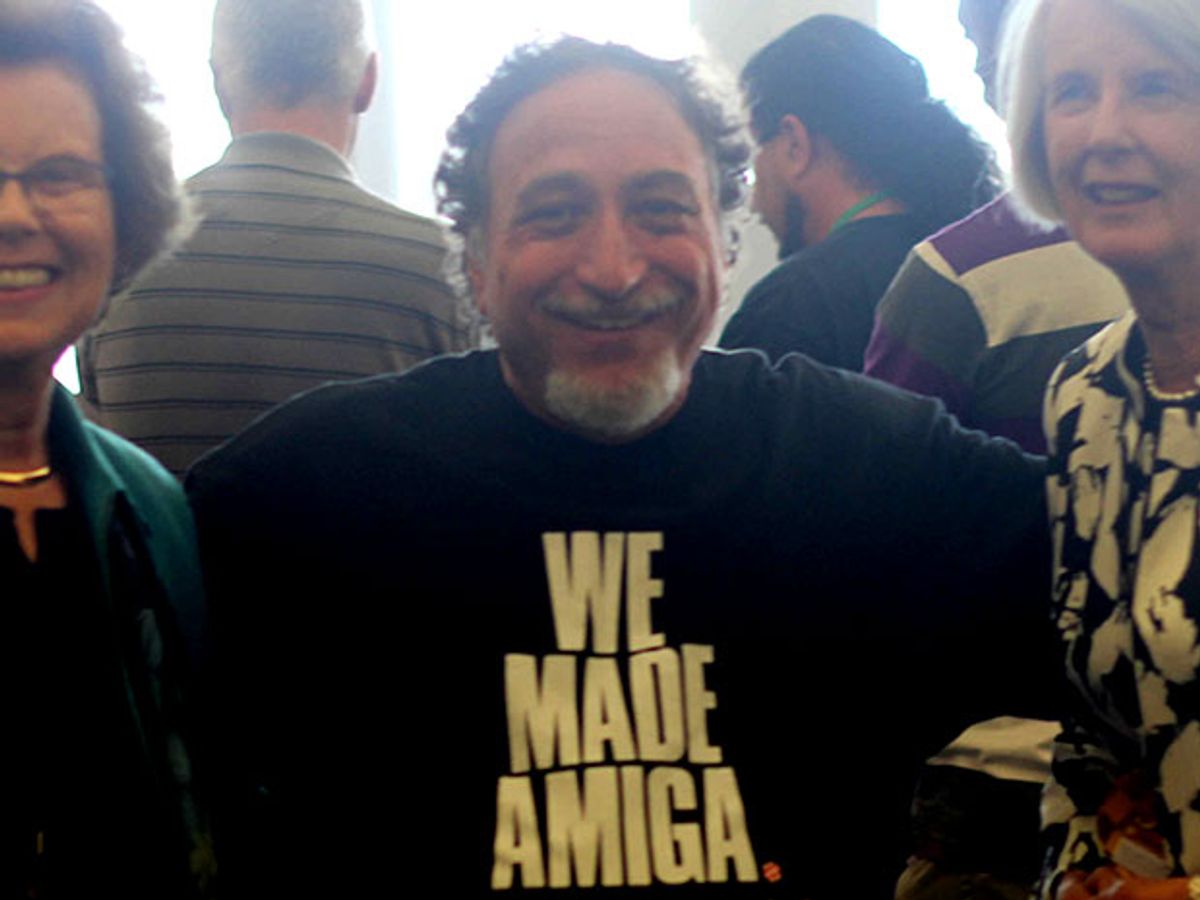Dave Needle, a key member of the team of engineers who developed the Amiga Computer from 1983 to 1986, died last month. Those closest to Needle described him as generous, humble, an out of the box thinker, and an engineer who cut straight to the heart of a problem.
The Amiga was a pioneering graphics computer first introduced in 1985. It is still used by enthusiasts today, a group that call themselves Amigans. These Amiga fans took to Twitter immediately after word of Needle’s death went public. A few samples:
P Scott Paterson (@OriginalPSP): “In honor of gaming pioneer Dave Needle, who passed away yesterday - [video] A name all gamers should know & celebrate”
Ausretrogamer (@Ausretrogamer): “Oh man, RIP Dave Needle - crucial Amiga engineer and co-inventor of the Atari Lynx and 3DO :,-(“
Kieren Hawken (@RetroLaird): “So sad to hear of the death of Lynx, Amiga and 3DO co-creator Dave Needle. Here is why I love the Lynx so much RIP - [video]”
His contributions went beyond the Amiga computer, as some tweeters noted. Needle co-created the Atari Lynx handheld gaming system, as well as the 3DO interactive multiplayer game system, named “Product of the Year” by Time Magazine in 1993.
Needle’s belief that high quality graphics and sound were key to the future of the videogame industry was ahead of its time. The Atari Lynx and 3DO, for instance, were technically superior to the 8 bit and 16 bit generations of hardware with which they competed upon their release. The Atari Lynx—which Needle originally co-developed at Epyx as the Handy Game—was the first handheld game system with a color display. What’s more, it managed to create quasi- 3-D images on its screen. These graphics capabilities were later replicated in the Super Nintendo—one year after the launch of the Atari Lynx. The Lynx was also ambidextrous (it could be rotated for either left- or right-handed game play), and was the first gaming hardware to feature zooming and distortion for that made moving 2-D images or animations in a game seem more lifelike.
Needle was already wrapping up the Handy Game project when he visited Nintendo in 1988 and was one of the first outsiders to see the Game Boy system, which was then just about ready to launch. He, along with Dave Morse and Joe Horowitz of Epyx, had gone to Japan in order to try to sell the Handy Game (later the Atari Lynx) to the company. A deal was never reached.
In a personal conversation I had with Needle, he told me that he also showed the Handy Game to executives at Sega, and that this meeting led to Sega developing the Game Gear. He also told me that Sega came to him when the Game Gear launched; they wanted him to help revise the design in order to make it more energy efficient (he declined). You can hear that conversation in a podcast, here.
Needle had his quirks—particularly, a passion for the Jovian language, developed during a childhood in which he often struggled with illness. His long time friend, Stan Shepard, described how this came to be:
“Long story short, [in Needle's narrative] the sickly child died and was replaced by a Jovian ambassador, whose mission was to be raised as a human and to inform humans that aliens were not what was being imagined/pictured in sci-fi.”
This eventually led to the repetition of the phrase “snaught pit” around the table every time Needle went to lunch with friends. "Pit" was described to me by Glenn Keller, a member of the original Amiga development team, as being the Jovian word for lunch.
“Snaught,” Keller says, “is not expressed so simply in English. It means something like ‘Can I do something for you or give something to you, but just because I want to and it is my pleasure, with no obligation or need on your part for a return favor.’”
Snaught was definitely a key value for Needle.
I first met Needle in person in February 2015. Revisiting the computers from my childhood, I had become fascinated as to why Amiga computers were so much more successful in Europe and Britain, where I grew up, than they were in the United States.
Although he was well-known within a small community, Needle, it seems to me, has been overlooked as a part of Silicon Valley and its history—perhaps because he was more interested in engineering than networking. Once, presented with an opportunity to meet Steve Jobs when he visited Amiga, Needle took a pass; he was too busy working on a hardware-related task at the time.



